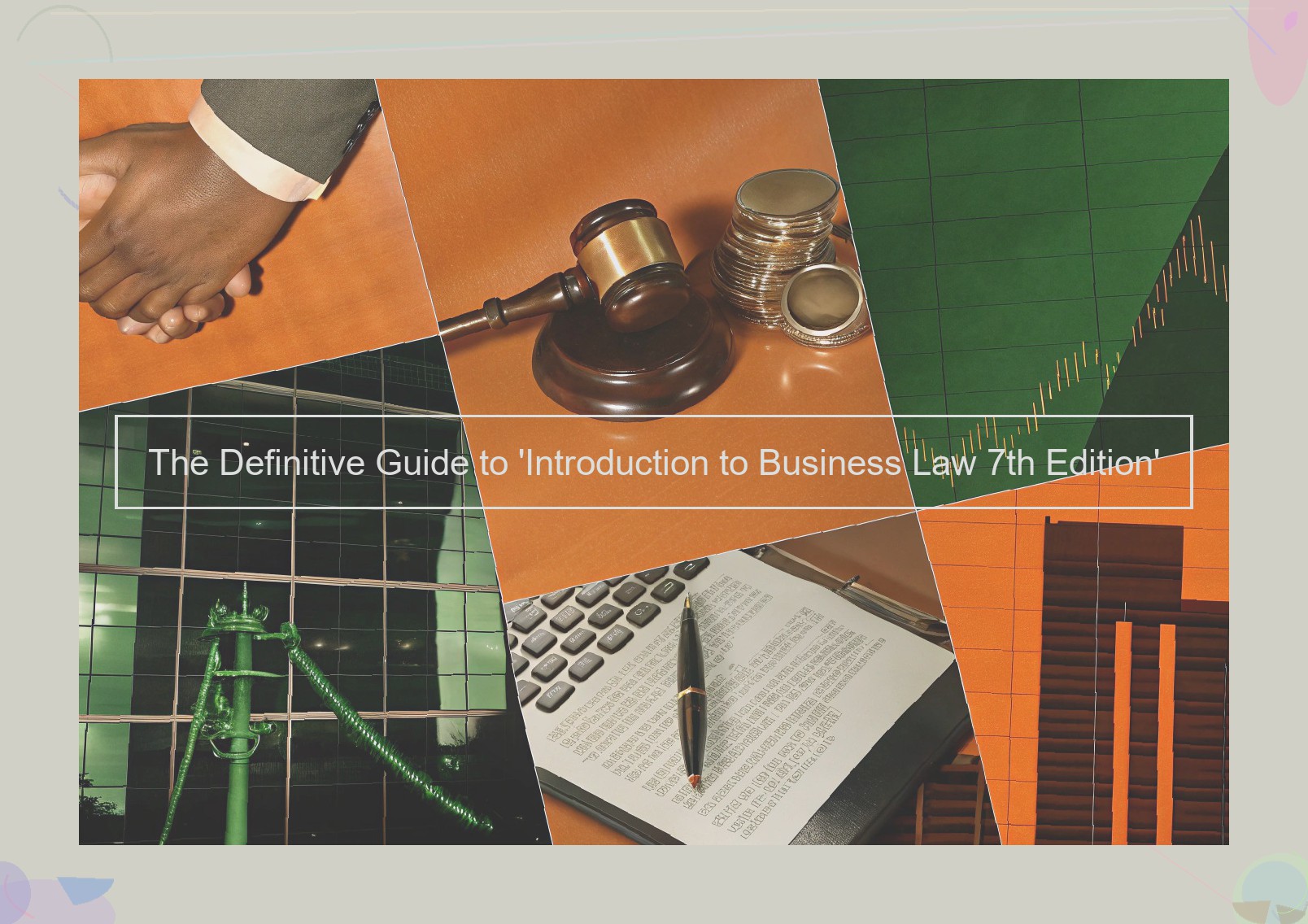Custody battles can be one of the most stressful and emotionally draining experiences for parents. Ensuring the well-being and future of your child is paramount, and understanding the intricacies of custody laws and strategies is crucial. This article will guide you through the essential steps and provide legal advice to help you navigate this challenging journey.
Child Custody
Child custody refers to the legal and practical relationship between a parent and their child. This encompasses the parent’s right to make significant decisions concerning the child’s welfare and their duty to provide care and support. Custody arrangements are essential in determining the structure and stability of a child’s life post-divorce or separation. It’s not just about where the child lives; it involves a broad spectrum of responsibilities and rights. These arrangements can significantly impact a child’s emotional, psychological, and physical well-being, making it crucial to approach custody decisions with the child’s best interests at heart.
Custody can be divided into several distinct types, each with its specific implications and responsibilities. The type of custody granted can vary depending on numerous factors, including the parents’ relationship, the child’s needs, and the court’s evaluation of what arrangement would best serve the child’s interests. Understanding these types is fundamental for any parent involved in a custody dispute or agreement.
Types of Child Custody
- Legal Custody: This type of custody grants a parent the right to make significant decisions about their child’s life. These decisions often pertain to essential areas such as education, healthcare, and religious upbringing. Legal custody can be awarded to one parent (sole legal custody) or both parents (joint legal custody), depending on what the court deems to be in the child’s best interest.
- Physical Custody: Physical custody determines where the child will live and the day-to-day care they will receive. Similar to legal custody, physical custody can be joint, where the child spends time living with both parents, or sole, where the child resides primarily with one parent who is responsible for their daily needs.
- Joint Custody: Joint custody can refer to both joint legal custody and joint physical custody. In joint custody arrangements, both parents share the responsibilities and decision-making for their child. This arrangement requires a high level of cooperation and communication between the parents to ensure consistency and stability in the child’s life.
- Sole Custody: Sole custody means that one parent has exclusive legal and/or physical custody of the child. This parent has the primary responsibility for making decisions about the child’s welfare and providing their daily care. The non-custodial parent may have visitation rights but does not share in the major decision-making responsibilities.
Legal Framework for Child Custody
Understanding the legal framework surrounding child custody is crucial for any parent navigating a custody dispute. This framework is defined by a set of laws and regulations that govern how custody decisions are made and enforced. These laws can vary significantly from one jurisdiction to another, so it’s important to familiarize yourself with the specific regulations that apply to your case.
Relevant Laws and Regulations
- Family Law Acts: The Family Law Acts are legislative frameworks that outline the rules and guidelines for child custody arrangements and parental responsibilities. These acts are designed to ensure that the child’s best interests are always the primary consideration in any custody decision. They provide detailed criteria for courts to evaluate, including the child’s needs, the parents’ abilities, and any history of family violence or substance abuse.
- Jurisdictional Issues: Jurisdictional issues pertain to which court has the authority to decide a custody case. This is often determined by the child’s primary residence or where the child has significant connections. Understanding jurisdictional rules is essential because they can influence the process and outcome of the custody battle. For instance, different states or countries may have varying standards and practices for handling custody disputes. Knowing which jurisdiction applies to your case ensures that you follow the correct legal procedures and maximize your chances of a favorable outcome.
Factors Considered in Custody Decisions
When courts make custody decisions, their primary concern is the best interests of the child. This guiding principle ensures that the child’s welfare takes precedence over the parents’ desires. To determine what arrangement will best serve the child’s needs, courts evaluate several critical factors. These factors help the court make an informed decision that will promote the child’s overall well-being and provide a stable, nurturing environment.
Best Interests of the Child
- Emotional and Physical Well-being: The child’s health and emotional stability are paramount. Courts look at whether each parent can provide a safe, healthy, and supportive environment. This includes assessing the parent’s ability to meet the child’s physical needs, such as providing food, shelter, and medical care, as well as their emotional needs, like love, support, and nurturing.
- Parent-Child Relationship: The strength and quality of the relationship between the child and each parent are crucial. Courts examine the depth of the bond, the level of attachment, and the consistency of the interaction between the parent and the child. A strong, positive relationship often indicates that the parent is involved, caring, and capable of meeting the child’s emotional needs.
- Stability and Continuity: Children thrive in stable and predictable environments. Courts prefer custody arrangements that minimize disruption to the child’s daily life. This includes maintaining continuity in schooling, community, and home life. Stability provides the child with a sense of security and normalcy, which is especially important during the upheaval of a parental separation.
| Factors | Description | Examples |
| Emotional and Physical Well-being | Ensuring the child’s needs are met | Health care, emotional support |
| Parent-Child Relationship | The bond and interaction between the parent and child | Regular involvement, quality time |
| Stability and Continuity | Maintaining a consistent and stable environment | Same school, familiar surroundings |
Preparing for a Custody Battle
Preparation is essential for a successful custody battle. Being organized and having a clear strategy can significantly impact the outcome of your case. Key steps in preparing for a custody dispute include documenting your involvement in your child’s life and gathering relevant evidence and witnesses.
Documenting Involvement in the Child’s Life
- Daily Activities: One of the most effective ways to demonstrate your involvement is by keeping a detailed record of your daily interactions and activities with your child. This can include routine tasks such as helping with homework, preparing meals, and bedtime routines. By maintaining a journal or log, you can provide concrete evidence of your active role in your child’s day-to-day life, showcasing your commitment and reliability as a parent.
- Significant Events: In addition to daily activities, it’s important to document your presence and participation in significant events in your child’s life. This might include attending parent-teacher conferences, school plays, sports events, and medical appointments. Keeping a record of these activities not only highlights your involvement but also demonstrates your dedication to your child’s development and well-being.
Gathering Evidence and Witnesses
- Evidence: Collecting relevant documents is another crucial step in preparing for a custody battle. This evidence can include school reports, medical records, and communication logs (such as emails or text messages) between you and the other parent. These documents can provide a clear picture of your role in your child’s life and your ability to meet their needs. Ensure that all evidence is well-organized and readily accessible for court proceedings.
- Witnesses: Identifying and securing witnesses who can testify on your behalf is also important. These witnesses might include teachers, family friends, or healthcare professionals who have observed your interactions with your child and can vouch for your parenting abilities. Having credible witnesses can strengthen your case by providing third-party validation of your claims and demonstrating the positive impact you have on your child’s life.
By thoroughly preparing and presenting a well-documented case, you can enhance your chances of achieving a favorable outcome in your custody battle, ensuring that your child’s best interests are served.


